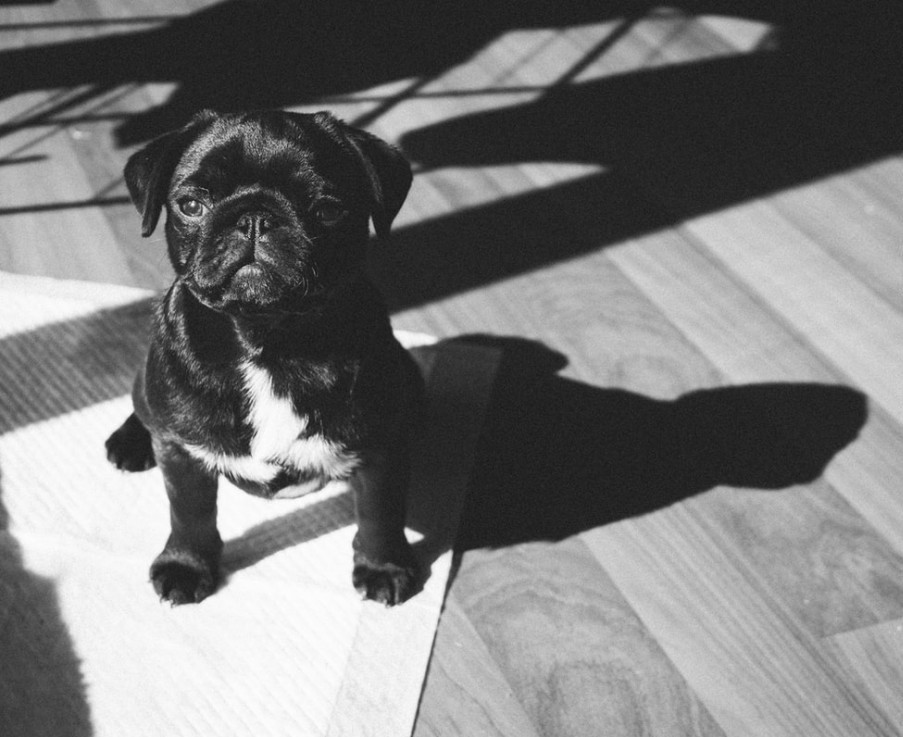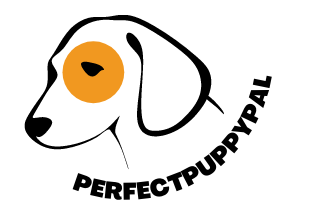How to Toilet Train Your New Puppy
It’s a fantastic feeling, the day has finally arrived and your new pup has just set foot in your home.  There are many things to think about when your new best friend arrives but one of the most important and often forgotten things to prepare for is toilet training.
There are many things to think about when your new best friend arrives but one of the most important and often forgotten things to prepare for is toilet training.
Importance of House Training Your Puppy
So, why is it important to house-train your pup? The obvious answer here is to stop them from doing their business all over your home! But there is more than just your home to think about when having a well-trained dog.
Imagine the embarrassment when visiting one of your local stores only for your best friend to relieve themselves in front of other customers right there on the shop floor.
The same can be said when visiting friends or family, who wants to see their pup making full use of the facilities on Grandma’s new carpet!
Think about going on a trip with your beloved by car, train, or plane, if your pal thinks they can go wherever they want then you and others around you are in for a very unpleasant journey indeed.
When is The Right Time to Start Toilet Training Your New Pup?
Basically, straight away. It is never too soon to start toilet training the newest member of your family. The sooner the training begins (although can be very tricky at the start) the easier it will become in the long run.
Normally, it takes between about 3 to 6 months to toilet train a pup, but depending on what breed you have, the temperament of your dog, age, and other factors, some dogs have mastered this much quicker, while in other dogs the process can take up to a year or maybe a touch more.
The key here is to be patient, and never be overly aggressive if your pal has done their business in a nondesirable spot, just pick them up and show them where the correct place is.
Routine Is Key
As with a young baby, your puppy has very little bladder control, so will need to pee-pee very often, normally between 12-15 times a day! This is when looking at the behaviour of your pup is important to know if they need to go or not. Normally, circling and smelling different corners of the family home is a good sign that business is imminent.
In this case, it is best to get your pal outside as soon as possible. When starting to train your little friend to go outside, always try to take them to the same spot, this will be their toilet spot. Maybe it will take time for them to actually use this place but have patience and wait with them until they have finally relieved themselves.
Once they have, praise is due! Give them a treat, say “good girl good girl” or “good boy good boy”, just let them know that you are very happy with the progress they have made.
This is where routine comes into play, your pup will need to go out at least every hour each day while they are awake and again at least two or three times during the night. It is best to take them out soon (10-15 mins maximum) after eating or drinking to relieve themselves and also after maybe every 20 mins of playtime.
This will get them into the routine of going outside to do their business from a young age thus making it easier for you and your pup as they get older.
Living Conditions
A huge factor to consider when training Fido to go to the toilet in the right spot is your living conditions. If you are fortunate enough to reside in a nice country house with a beautiful large garden just an open door away, then taking your four-legged friend outside when needed should not be a huge problem.
Living in a flat or apartment meanwhile can be slightly more difficult. Having lived in an apartment myself these last few years I can tell you that toilet training the newest member of your family is not the easiest task in the world!
However, with perseverance and a little hard work, it is definitely achievable! Firstly, having a balcony helps fantastically. If you are without access to a garden area then investing in a portable dog toilet would be an excellent decision. There are many different types and models available on the market, so do a bit of research to find the right one for you.
Placing your portable dog toilet in the corner of your balcony is a great alternative to not having a garden as it can be easily accessed by your pooch in their time of need.
Toilet Training Your Pup During The Night
As mentioned before, your new pup has the ability to use the little girls room with extreme regularity, and this includes during the nighttime as well. So it is always advisable to come up with a nighttime schedule, to begin with, which involves you setting an alarm and letting your baby out to relieve themselves at least two or three times a night at the start.
As painful as this may seem at first, having to wake up at all hours of the night to go outside, the benefits in the future will surely out way the small sacrifices that you have to make in the beginning (after all it was you who decided to get a new pup and not the other way around)!
How Does Your Pup Survive When Left Alone?
Just because you are not there with your beloved friend, it doesn’t mean that the toilet training should be put on hold. When leaving your pup alone it is best not to let them have total freedom of your home. Find a space, for example, your kitchen or bathroom as long as it is a well-ventilated area, or if you prefer you can use an exercise pen to separate a space in another area of your home.
You will always want to leave your pup with either a clean toilet pad firmly secured in its holder or if using one then your portable dog toilet. As well, it’s extremely important to leave them with a bowl of clean water (preferably one that is not easy to knock over) as well as a strong chew toy to keep them occupied. This will hopefully reduce their anxiety levels when left alone and as soon as you return the first thing you should do is take your furry friend outside to relieve themselves.
Dealing With Unwanted Accidents
Lastly, I would just like to say a few words about what is best to do and what not to do as the result of an unwanted accident or two. When toilet training, accidents are inevitable and bound to happen no matter how strict you’ve been with your pal.
So the key is to always have patience, never get angry with your dog if a mishap happens and remember when training this will happen often!
If your furry friend does their business in the wrong place, in an affirmative voice tell them this wrong then pick them up and put them in the appointed toilet area. Try not to shout or be aggressive as this will just encourage them to hide their future toilet trips to somewhere out of view and will not help with their training at all.
An old school method was to rub your dog’s face in whatever they have done in the hope that they would not do it again in the wrong place. In my eyes, this technique does not work well, as it encourages your dog to go in all the wrong places that you as an owner will at first find it difficult to find (at least until the smell really kicks in)!
What to Consider
As you can see there are many things to consider when toilet training your new best friend. I find it important not to get stressed out along the way as accidents will surely happen, just take them in your stride, try to stay patient and consistent.
With these attributes along with the correct house training equipment, even the most stubborn of pups can eventually become toilet-trained.
If you have any experience in toilet training a puppy or have anything you would like to add then please feel free to leave a comment below.
